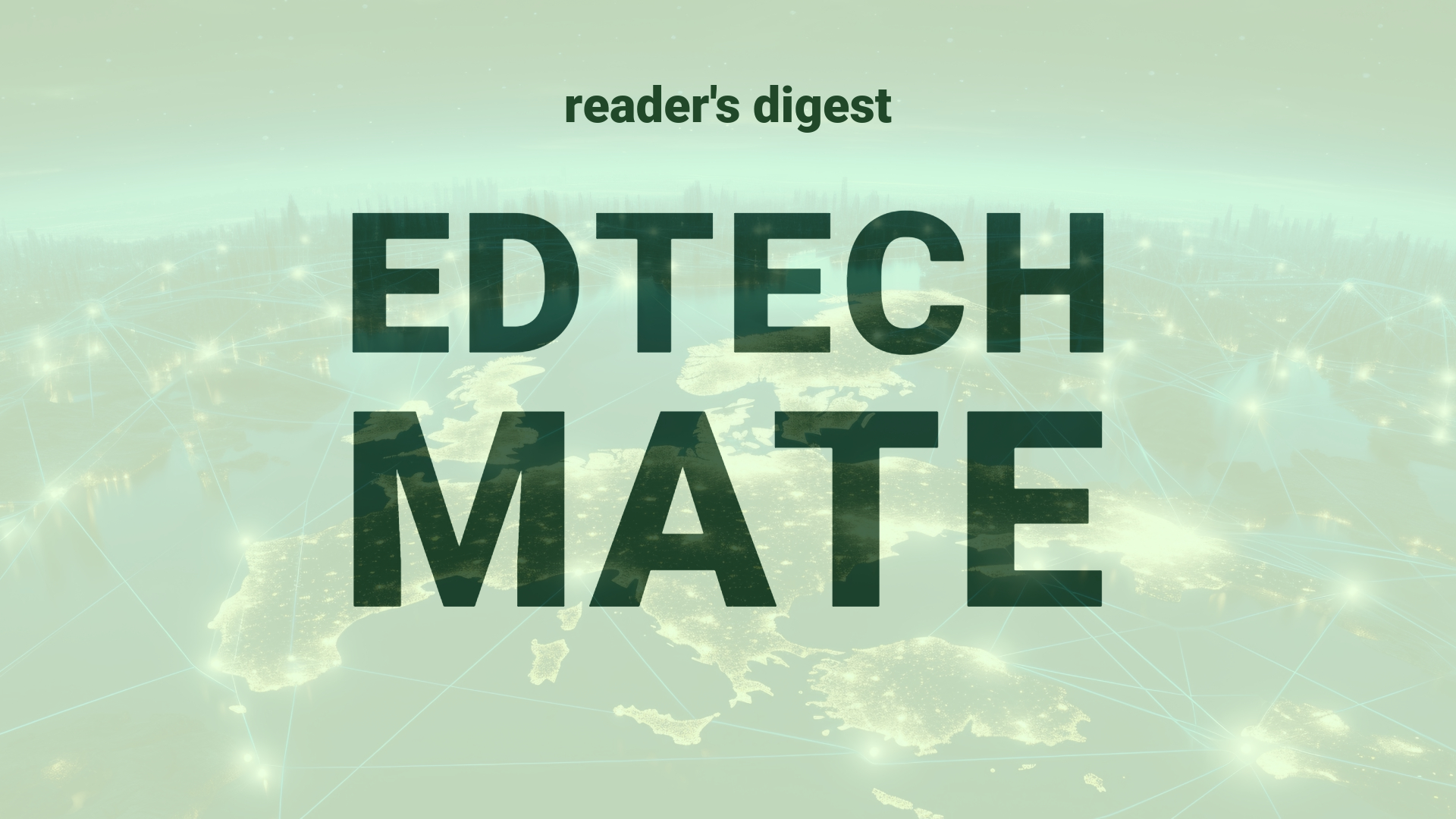Executive Summary and Main Points
The culmination of McKinsey’s series for the Global Lighthouse Network’s white paper accentuates the pivotal role of AI in propelling the Fourth Industrial Revolution (4IR) from conceptual learning to practical application. A hallmark of the era is ‘pilot purgatory,’ a phase characterized by several manufacturers’ stalled pilots with negligible business impact. However, Lighthouse factories demonstrated the profound potential of AI and 4IR tech by shifting from individual pilot projects to full-scale network implementations, achieving significant ROI enhancements and rapid deployment. Advancements include deploying data-informed solutions like AGVs and digital dashboards, and scaling use cases across multiple sites within shortened timeframes.
Potential Impact in the Education Sector
As AI and 4IR technologies revolutionize the manufacturing sector, the education sector, encompassing Further Education and Higher Education institutions, stands at the brink of a similar transformation. The integration of digital tools and AI can augment learning experiences, customize pedagogy, and foster global classroom interconnectedness. Micro-credentials, bolstered by digitalization, may gain increased credibility and prevalence, potentially leading to strategic partnerships with industry stakeholders. Such collaborations could infuse real-world applications into curricula, ensuring that the workforce is equipped with relevant 4IR competencies.
Potential Applicability in the Education Sector
Applying insights from the Lighthouse model, educational institutions can leverage AI to personalize learning and assessment. By harnessing data analytics, institutions can track student performance in real-time, predict learning outcomes, and provide targeted support. Digital tools can create immersive and interactive learning environments, while AI can play a key role in administrative functions, streamlining operations, and enhancing student engagement. Globally, digital platforms could facilitate cross-border educational programs and research collaborations, advancing international education frameworks.
Criticism and Potential Shortfalls
Adopting AI and digital tools in education must be critically analyzed, especially regarding equity and ethical considerations. There are concerns about AI perpetuating biases, infringing on privacy, and exacerbating socioeconomic disparities. Cultural implications also play a role, as global education systems must adapt technology to diverse learning environments. Comparative case studies from international contexts reveal varying degrees of success and barriers, such as discrepancies in technological infrastructure, policy, and societal norms, that must be carefully navigated.
Actionable Recommendations
To seamlessly integrate emerging technologies within the educational framework, leadership should devise a strategic roadmap aligning with their institution’s vision and capable of adapting to rapid changes. An investment in developing digital talent is essential, with a focus on continuous professional development and interdisciplinary skillsets. Establishing agile operational models can spur innovation and foster a culture of collaboration. Furthermore, universities should create or strengthen partnerships with tech providers and innovation incubators to stay abreast of cutting-edge advancements and co-create 4IR-ready educational programs.
Source article: https://www.mckinsey.com/capabilities/operations/our-insights/from-ai-to-impact-capabilities-powering-lighthouses-4ir-adoption

